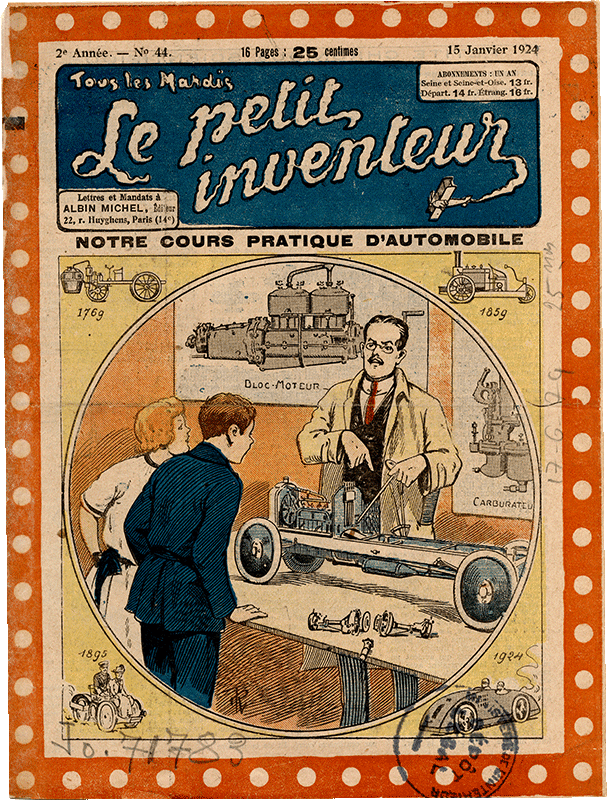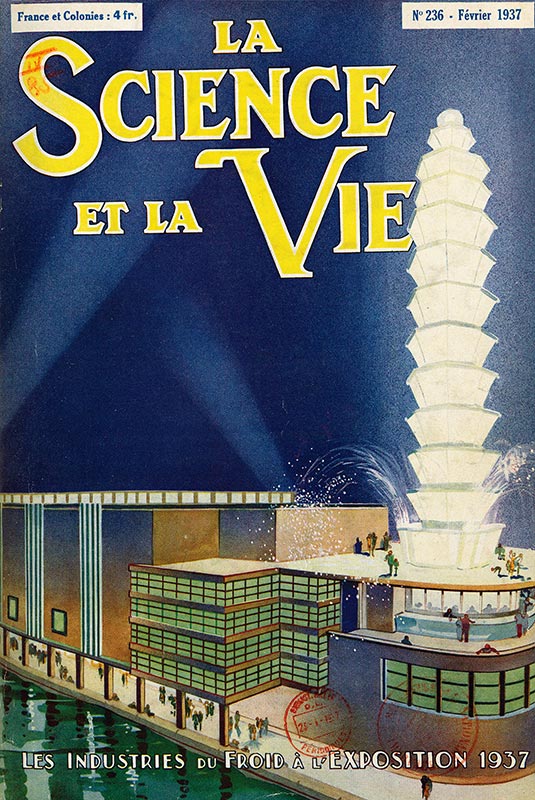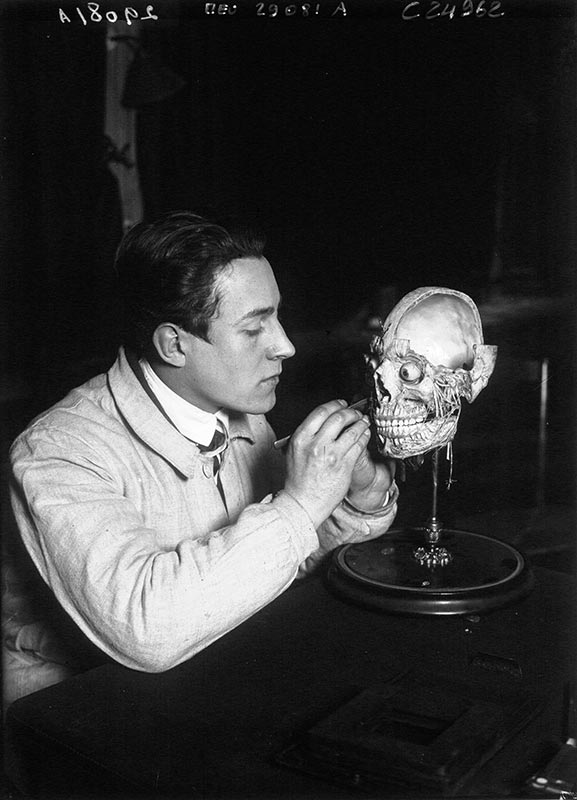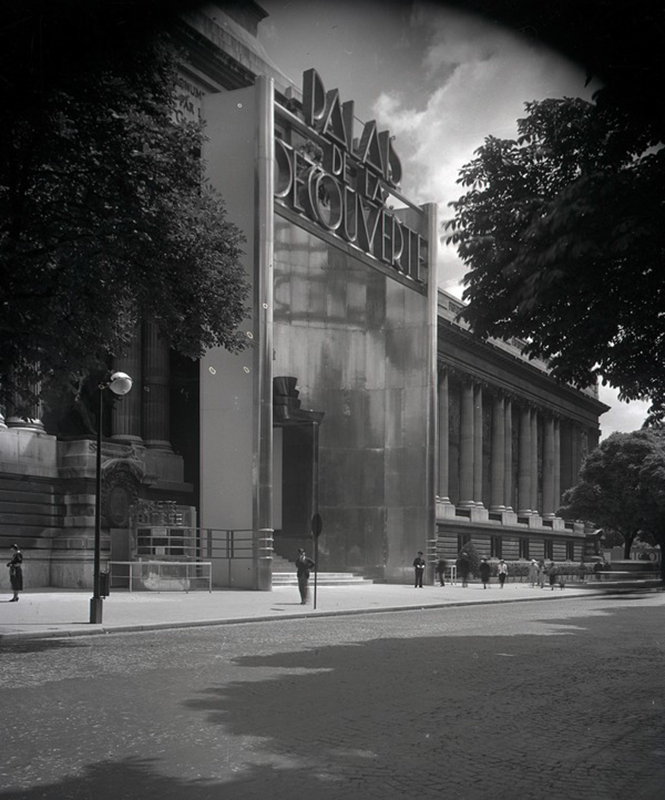Starting in the 1900’s, the overwrought literary style that was typical of 19th-century popular-science books and articles began to be harshly criticized by scientists. They condemned such “idle chit-chat”. The established popularizers gradually disappeared: science became the preserve of educators. More even than science itself, with the help of the press, radio, cinema and more, technology became the real crowd-pleaser. The “Palais de la Découverte” Science Museum was the symbol of that turning point in popular science. Inaugurated in 1937, a journalist at the time described it as "the most impressive effort to popularize science that has ever been achieved."
1905 : The Ministry of Education decides to encourage practical, hands-on science classes at school, taking their cue from magazines for young people that suggest entertaining experiments.
1924 : Georges Colomb (a.k.a. Christophe, a pun on Christopher Columbus) presents his first science programs on Radio-Paris





